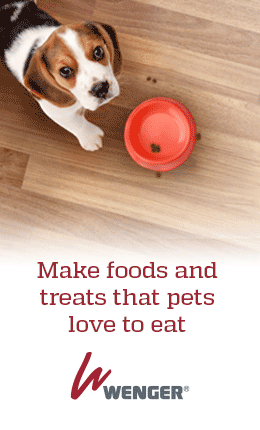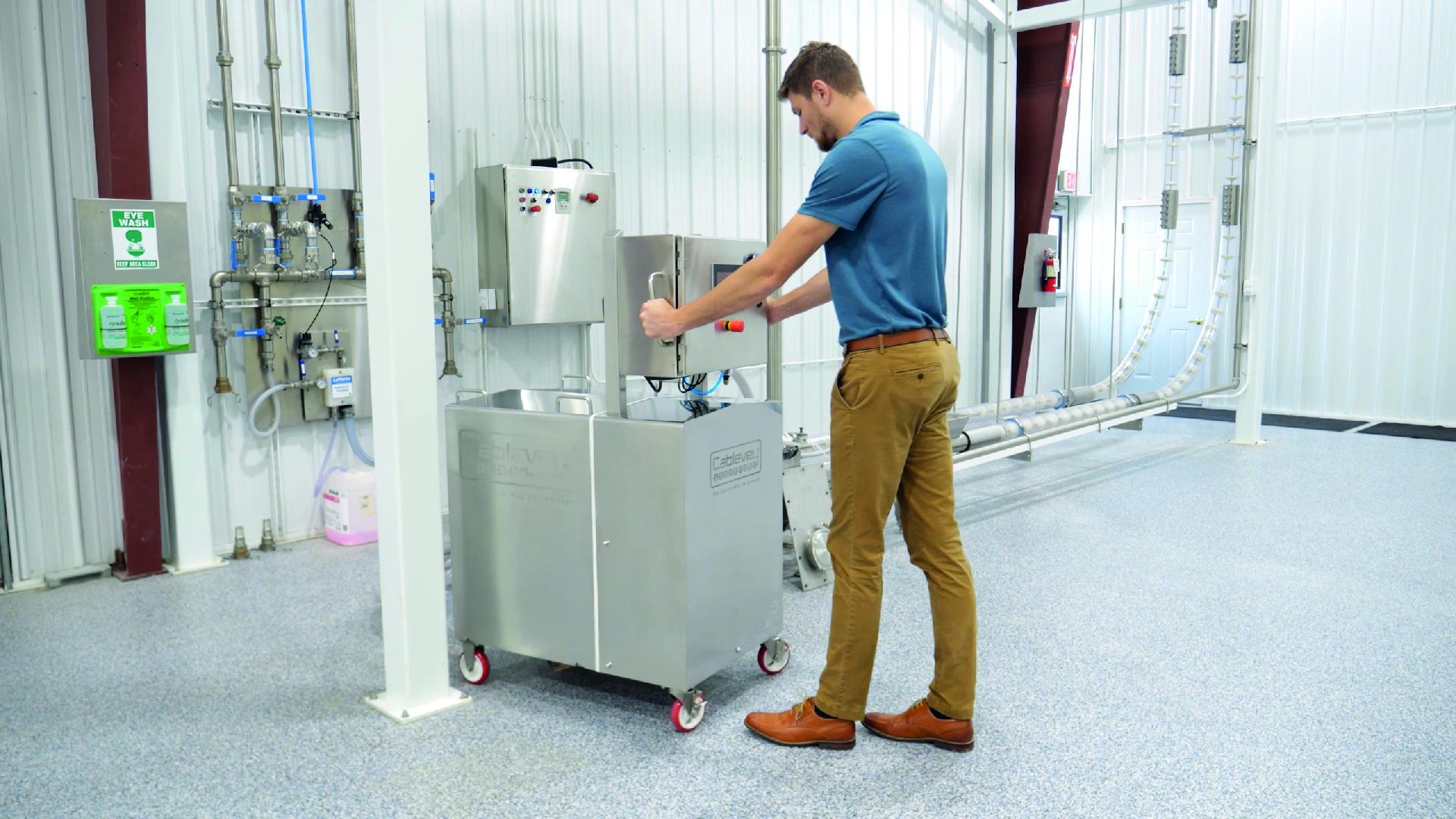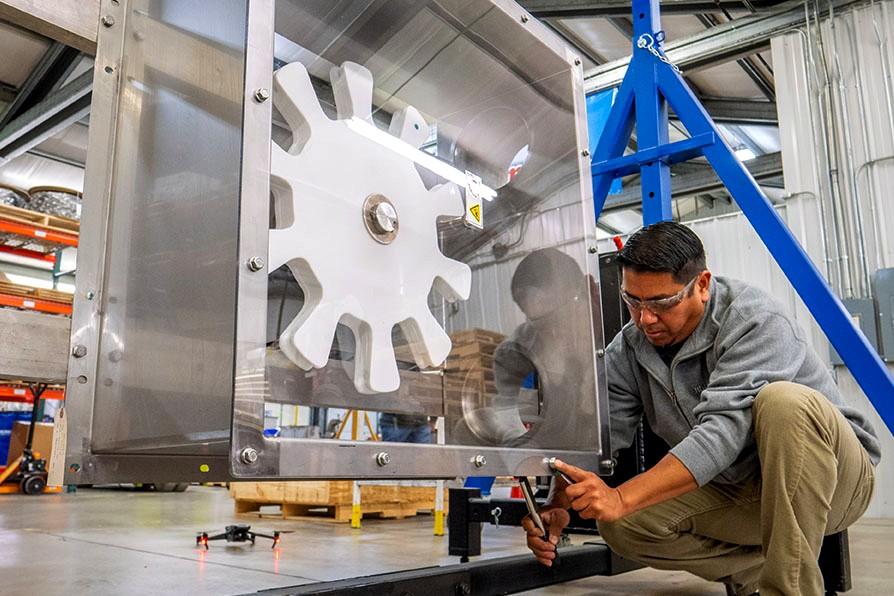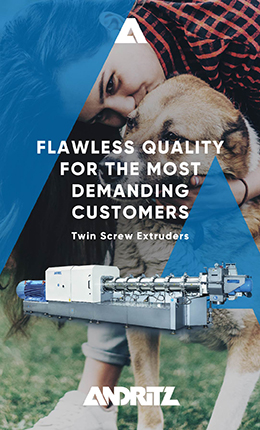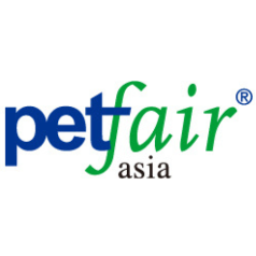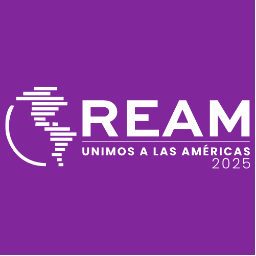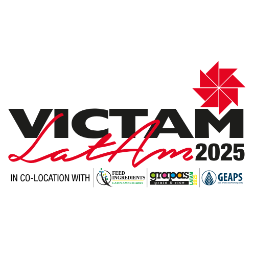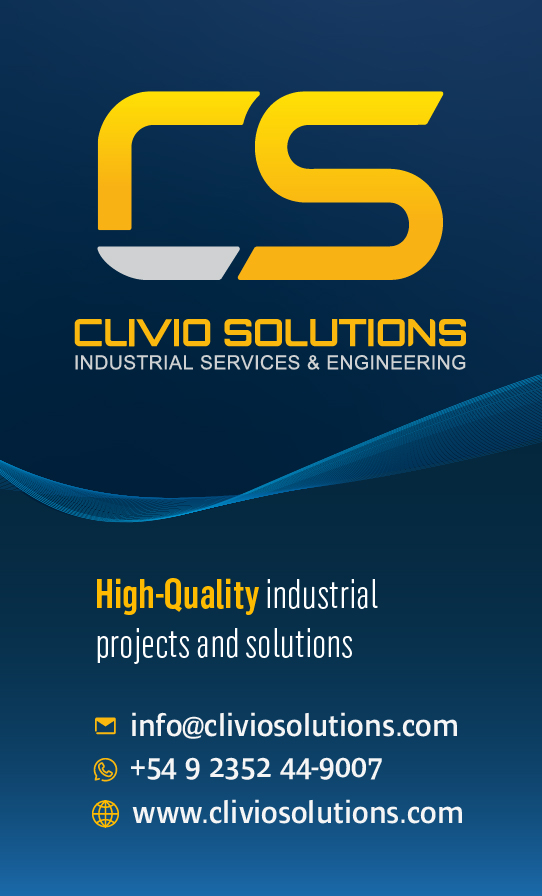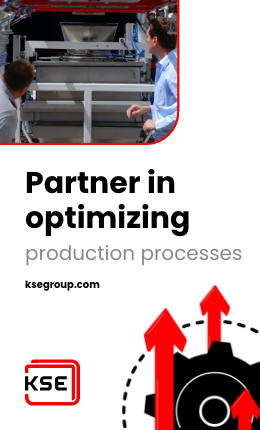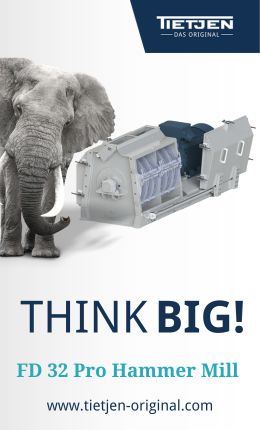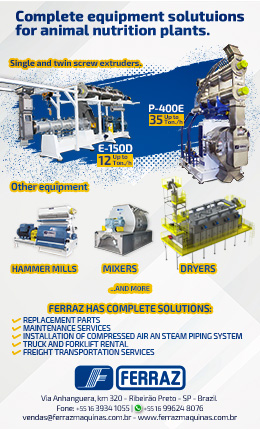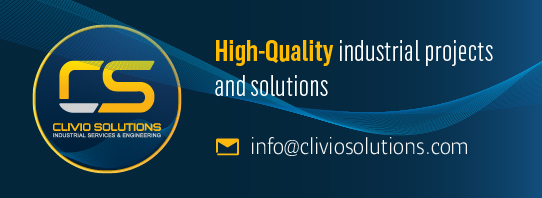To move delicate pet food products or powders, most processors do extensive homework before purchasing a tubular drag cable conveyor to ensure that it meets their needs in terms of function and price. After the purchase, the conveyor must be expertly assembled and tested to ensure smooth production startup and continued performance.
The challenge is that the typical third-party contractors installing various plant systems might need to become more familiar with specialized pet food conveyors and, thus, are more prone to make costly errors. A more prudent choice is using the OEM's team of experienced technicians. The OEM's experts have the advantage of designing the specialized conveyor and understanding its installation, operational requirements, and potential problem areas.
'If a tubular drag cable conveyor is installed incorrectly by a third party, it often needs to be completely pulled apart and rebuilt, which is costly and time-consuming. If the conveyor is run incorrectly, damage will occur, and components must be replaced. All this only delays startup,' says Terry Derby, Director of Parts and Field Service for Automated Handling Solutions (AHS). AHS is the service-focused subsidiary of Cablevey Conveyors, an Oskaloosa, Iowa-based conveyor manufacturer that has been designing, engineering, and servicing enclosed cable and disc tube conveyors for 50 years and is in more than 65 countries.
{{editor}}
As a solution, pet food processors seeking superior conveyor performance from the start rely on expert-supervised installation and commissioning to ensure they will be ready to run products on time, at the necessary volumes.
Today, a tubular drag cable conveyor requires considerable expertise to install. These systems gently move material through a sealed tube using a coated, flexible, stainless-steel drag cable pulled through on a loop. Solid circular discs (flights) attach to the cable, pushing the product through the tube without air.
'This type of conveyor is uniquely engineered to transport delicate materials gently. The tubes form a continuous loop that must be carefully assembled for a tight fit to ensure no misalignment or gaps between sections. While the modular components lend great flexibility to system design, each component must act in concert with the rest for proper conveyor functionality,' explains Derby.
After selecting and purchasing a conveyor, the pet food processor's next step is installing it, which often requires professional assistance.
Reliability Starts with Supervised Installation
Whether relying on internal staff members for installation or contracting the job to an outside team of millwrights or skilled pipefitters, supervised conveyor installation can ensure proper system installation.
Getting expert assistance is still essential during installation, even with the manual that has detailed instructions and QR-code links to videos for each conveyor component. 'Supervised installation is important to ensure that your system is installed properly so you don't run into maintenance problems due to an improper install,' says Derby.
Derby insists that 'supervised installs are probably the most important support service we offer.' This step is often neglected when a less experienced third party performs the installation, which can escalate costs. At this point, AHS is frequently asked to complete final preparations and correct any problems before production startup, a process known as commissioning.
'When a processor brings us to their facility after declining a supervised installation, we often have to work backward for a day or two to correct issues. Having us there for supervised installation eliminates the need for correction and any idle contractors waiting on us for the repair, so it pays for itself,' says Derby.
In the case of AHS, the company's technicians have logged hundreds, if not thousands, of hours on-site in various manufacturing facilities worldwide. This singular focus gives them the knowledge and expertise to streamline the installation process and prevent issues that can lead to system inefficiencies, product loss, or complete system failure.
As part of the supervised installation, skilled technicians ensure the correct positioning of the conveyor's hangers and the proper torque for couplings. The system is properly cleaned to remove any metal fragments or foreign contaminants introduced during installation. In addition, the technician confirms that all conveyor inlets are in place and that all discharges are functioning.
Even seemingly minor gaps or misaligned areas in the conveyor tubing can become a severe issue. 'If gaps are in the conveyor's tubes, the discs will 'catch' when crossing the joint, causing excessive wear on the cable and motor. If not corrected, this could lead to premature failure, production downtime, and added repair and replacement costs,' says Derby.
According to Derby, another common wear item in tubular drag cable conveyors is sweeps, areas where the tube changes direction. He explains that sweeps are where the cable is under the most significant tension and where the discs rub inside the tube. Since sweeps show the first signs of wear, proper installation can reduce the wear and significantly prolong tube and cable life, simplifying maintenance.
'With a supervised install, processors can ensure that their conveyor is assembled correctly to enable seamless startup, reliable production, optimal output, and greater longevity for the system and its parts. Our reputation is on the line to get it right from the start,' says Derby.
In addition, a supervised installation includes a full report outlining actions to correct any issues found. Due to the attention to detail, a supervised installation also preserves the standard warranty for the system's components.
Of course, operators also play a critical role in conveyor performance. For this reason, having experts onsite can be one of the best ways to train the operators and maintenance crew on properly running, cleaning, and maintaining the system.
Reliable Production Requires Expert Commissioning
When the installation is complete, the next step is to schedule commissioning. The average commissioning visit for a single-system installation usually lasts an entire day.
The onsite commissioning process readies the conveyor for total production and identifies any immediately correctable issues to keep the startup on schedule. At this point, the system must be installed entirely, including all mechanical and electrical components. The conveyor material must also be ready for introduction to the system.
This is where a botched installation by a third party can come to light without supervised installation by the OEM. 'We are often asked to 'fix' poor installations by third-party contractors. We have had to tear whole systems apart. This frequently requires a complete rebuild and replacement of damaged parts, which adds cost, creates downtime, and delays startup,' says Derby.
In the case of AHS's commissioning service, the technician conducts an inspection using a camera that runs through the entire system layout to ensure that everything is correctly assembled and ready for testing. The technician then performs a test run of the product, from the inlet feed through the sweeps to the discharge outlet, and verifies that it flows at the desired speed.
'Tailoring the conveyor to the material conveyed can require adjustments to fine-tune the process. With the commissioning, the goal is to increase efficiency, production volume, and reliability,' says Derby.
He adds that 'checking the system's health' also uncovers any issues that might arise, which technicians can address to prevent production downtime. He points out that commissioning also extends Cablevey's standard warranty. As a final step in the commissioning process, the technician issues a report for the processor that documents all findings from the full-system inspection.
Completing conveyor installation, commissioning, and start-up is only the start of the OEM's and processor's relationship since the system's lifespan can be decades. In addition to traveling on-site for emergency service calls, the company offers an annual service visit to conduct a detailed system inspection and address any issues, identify worn parts, ensure predictive maintenance is being conducted, and provide any additional training needed. This complete system audit aims to extend the conveyor's lifespan and prevent unexpected downtime.
'Our mission is to provide conveying equipment and ensure it performs as required, with minimal downtime and maintenance. Once a pet food processor buys a system, they become part of our family. We will continue to support them every way we can, even as their needs evolve,' concludes Derby.
By Del Williams is a technical writer based in Torrance, California.
Source All Pet Food
You could be interested: Mobile 'Smart Cart' Automates Food Conveyor CIP for Pet Food Manufacturers
















